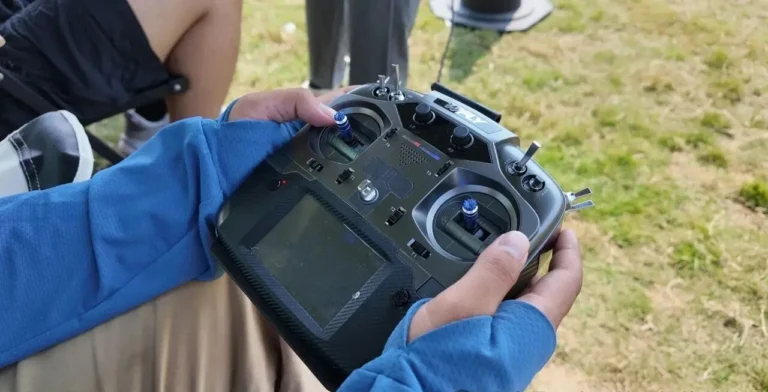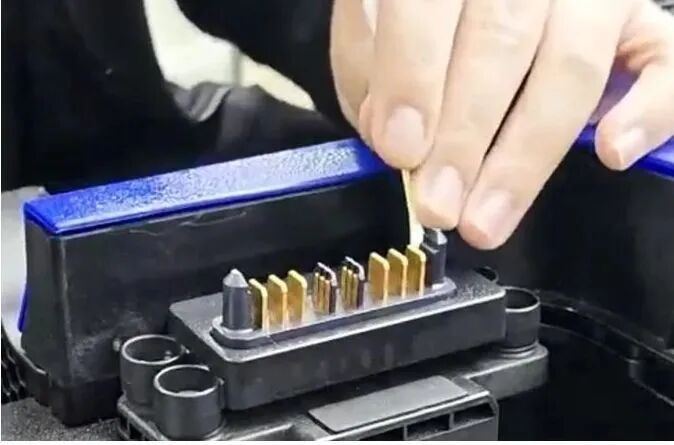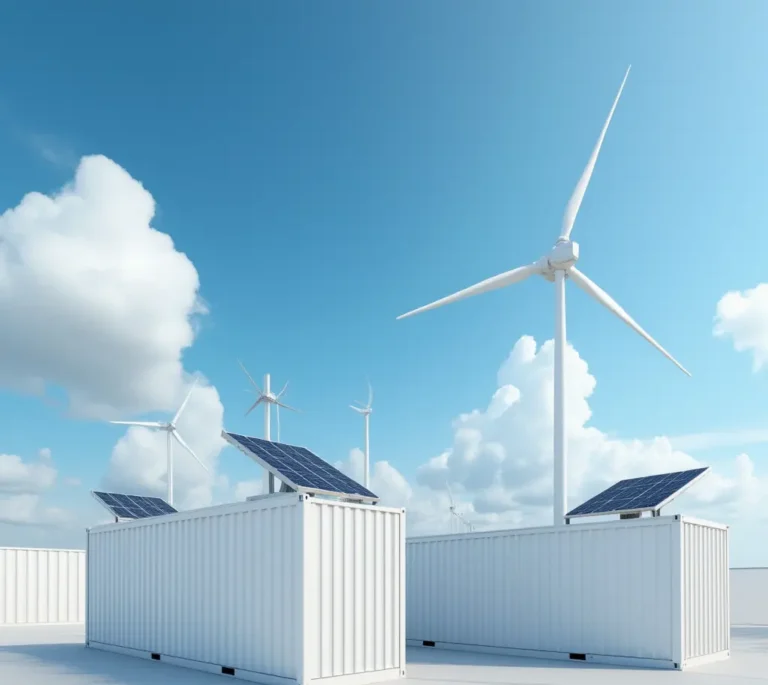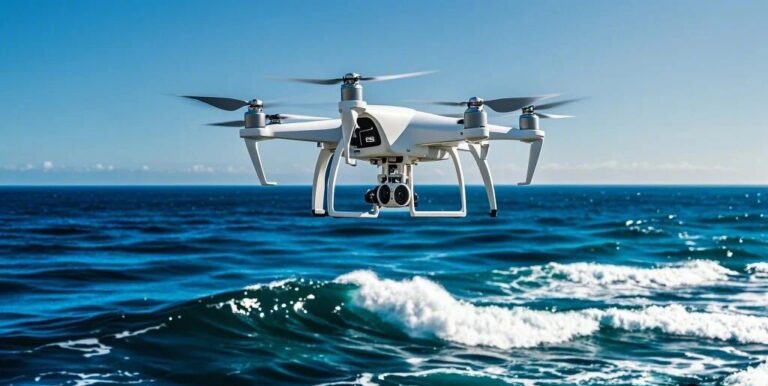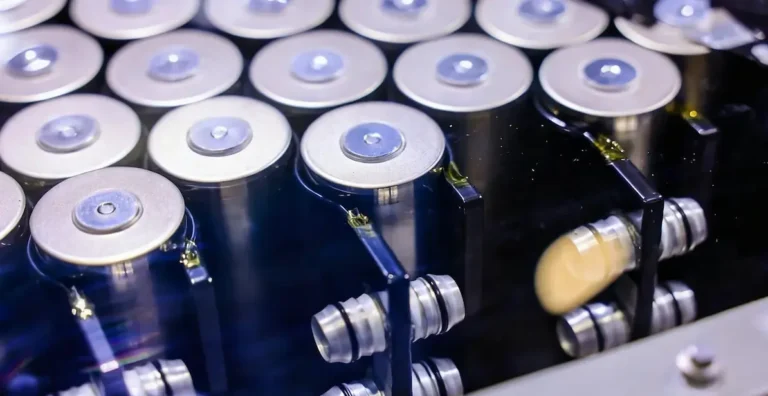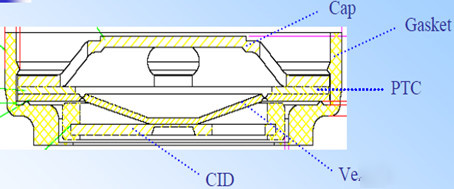2025 drone battery competition intensifies
I. Battery demand fission under the low-altitude economy boom
UAV batteries, eVTOL (electric vertical take-off and landing vehicle) batteries, robot batteries are becoming the new battlefield for lithium batteries. According to the latest data:
China’s low-altitude economy reached 505.95 billion yuan in 2023 (+33.8% year-on-year) and is expected to exceed 1.3 trillion yuan in 2027;
The global UAV battery market will soar to $115.43 billion in 2037 ($11.39 billion in 2024), growing at a CAGR of 19.5%;
Battery accounts for 60% of the total cost of eVTOL (e.g. Yihang Intelligent EH216-S model), which has become the core bottleneck of industrial scale.
The strategic layout path of head battery manufacturers is distinct:
Ningde Times: strategic investment in peak flight aviation, joint research and development of aviation batteries;
Ganfeng lithium: the launch of low-altitude flight special solid-state battery program, entering the airworthiness certification stage;
Xindanda: validation of semisolid batteries in the application of aircraft, the target of mass production in 2025;
BYD: cross-border layout of robotics batteries, the joint Hong Kong University of Science and Technology set up a body with intelligence laboratory.
Engineer insight: low altitude vehicles put forward “three high and one fast” rigid demand for batteries – high energy density (>300Wh/kg), high power (take-off and landing instantaneous multiplier >10C), high safety (thermal runaway triggering temperature >300℃), ultra-fast charging (support 4C+)28. (Support 4C+.)
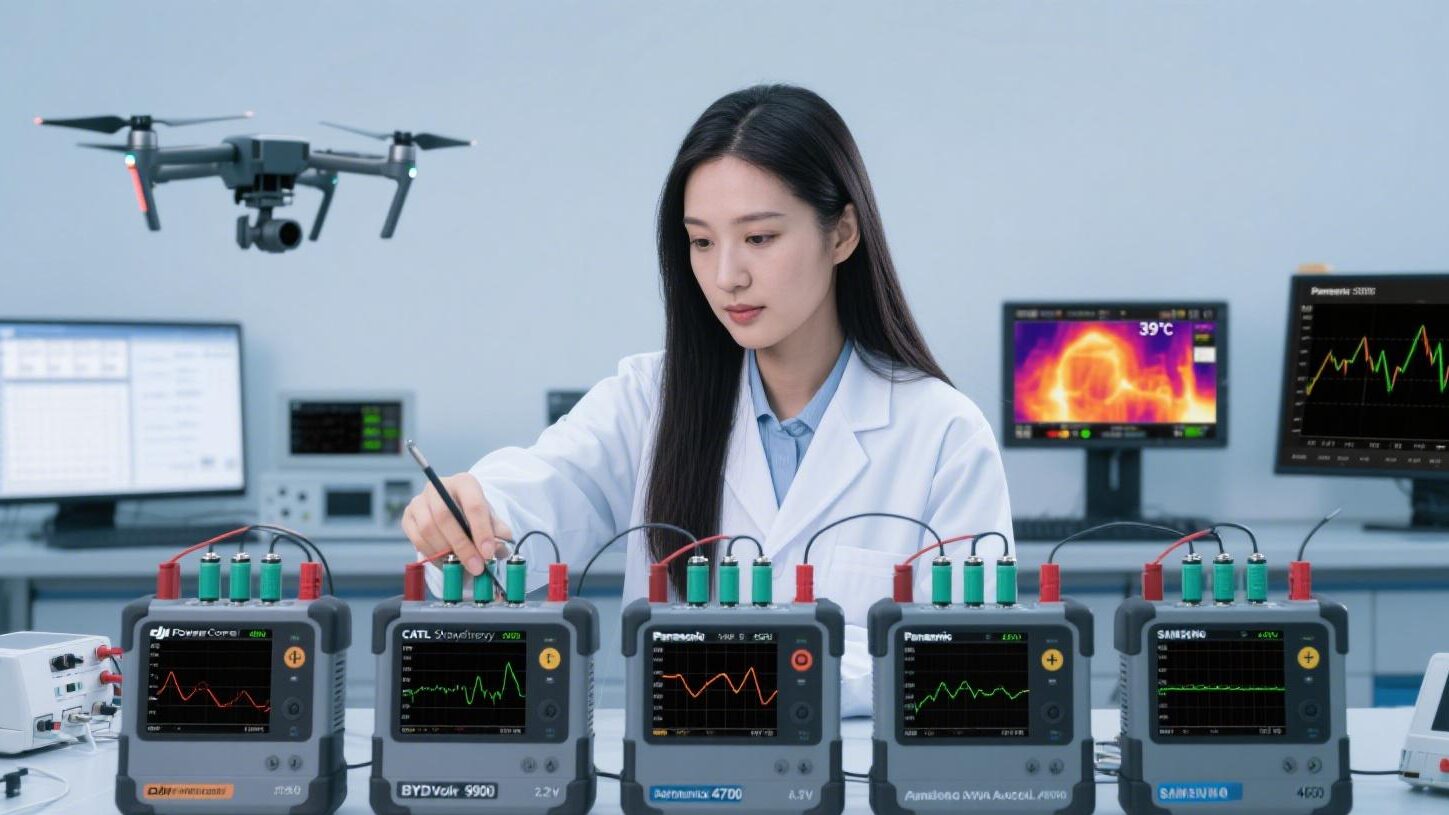
II.Solid-state battery for UAVs: the technical high point of low-altitude scenarios
Why is solid-state solution for UAV an inevitable choice?
Energy density leap: traditional Li-ion batteries are limited to 285Wh/kg, while eVTOL needs 500Wh/kg (2030 target) → All-solid-state batteries can break through the 400Wh/kg bottleneck;
Safety change: gel/solid-state electrolyte completely eliminates the risk of leakage of liquid electrolyte, and the thermal runaway triggering temperature rises from 180℃ to 300℃+;
Extreme working condition adaptation: eVTOL vertical take-off and landing power consumption is up to 10-3% of ground travel; Extreme working condition adaptation: eVTOL vertical take-off and landing power consumption is up to 10-3% of ground travel. Extreme working condition adaptability: eVTOL vertical take-off and landing has a power consumption of 10-15 times that of ground traveling, and only the solid-state battery can withstand continuous high rate discharge.
China’s UAV battery technology breakthrough empirical evidence:
XINWODA semi-solid state battery: equipped in Yihang EH216-S, range increased by 60-90% (up to 48 minutes and 10 seconds);
Ganfeng Lithium Aviation Battery: voltage retention rate >90% after passing the pinprick test, entering the airworthiness certification process;
Dual Gradient Metal Layer Program (CAS team): Li-Metal Battery Cycle Life from 60 times→160 times (capacity retention rate of 80%).
III. Drone Battery Market Landscape and Commercialization Challenges
Drone batteries: the “invisible champion” in a mature market
China’s consumer/industrial drone global share is 74% and 55% respectively;
Mainstream solution: soft pack battery (90% of DJI’s supply chain), suppliers include ATL, Zhuhai Guanyu (UAV battery revenue +95.92% in 2024);
Pain point: Civilian drone batteries are still mainly “upgraded versions of cell phone batteries”, with a flight time of <30 minutes, and users need to replace them frequently.
eVTOL Battery: Ideal is rich and reality is bone dry
| indicator | current level | Commercialization requirements (2030) | technology gap |
|---|---|---|---|
| energy density | 285Wh/kg | 500Wh/kg | -43% |
| certification cycle | 3 years (Ehang case) | <1.5year | Business process reengineering is urgent. |
| Single-unit battery cost | $9,000 | <20ten thousand yuan | 70%+ cost reduction |
Commercialization bottleneck: only 20 eVTOL companies in the world have entered the type certificate application stage (more than 1,000 conceptual products), and the price of manned vehicles is as high as 2-3 million yuan, which is far away from the mass consumer market.
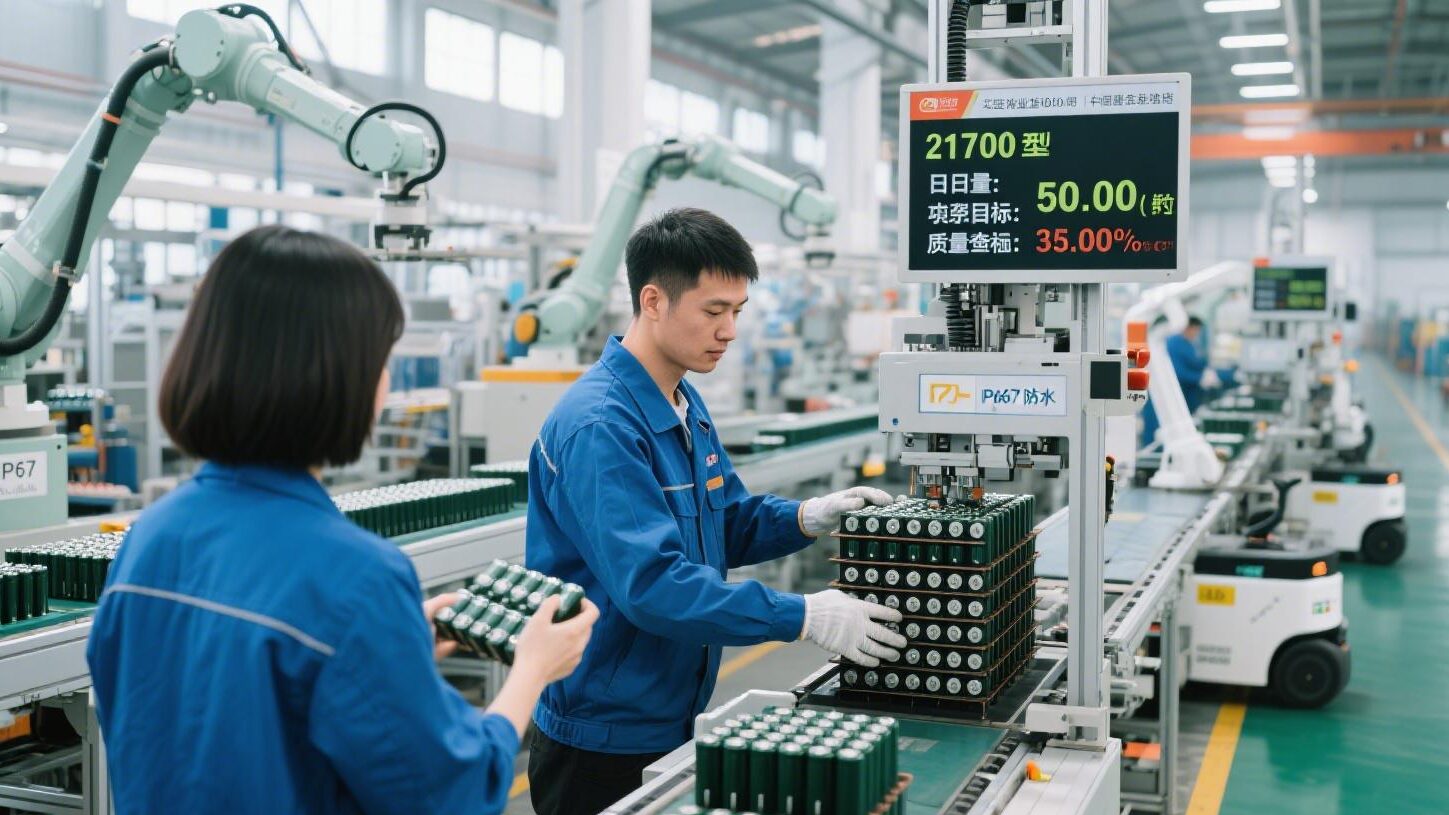
IV. Future Evolutionary Path: From Material Innovation to System Reconstruction
Three major directions of technological attack:
1. Electrolyte innovation:
Oxide/polymer composite system (Ganfeng solution) → Ionic conductivity breakthrough 10-⁴ S/cm;
sulfide electrolyte cost reduction (target: 1.2 times of liquid battery).
2. Thermal management revolution:
Graphene directed heat dissipation: 34% battery temperature drop → 253% increase in runtime (15 minutes → 53 minutes);
Polar solution: aerogel + fuel range extender module, -30°C range up to 12 hours.
3. Manufacturing process breakthrough:
Dry Electrode Process (Winhope Technology/Haymakers Equipment) → Improve solid-state battery yield;
In-situ Curing Technology (Synventive): interfacial impedance <50mΩ/cm².
The policy drive is clear:
- The Ministry of Industry and Information Technology’s “General Aviation Equipment Innovation and Application Implementation Program”: to promote the mass production of 400Wh/kg grade aviation lithium batteries in 2025;
- FAA airworthiness certification accelerated: Yihang EH216-S is expected to complete the solid-state battery installed certification in 2025.
V. Engineer’s Perspective: The Brutal Truth About Low Altitude Batteries
1. The death cross between performance and cost
Manned eVTOL needs 10-12C ultra-high rate batteries, but mass production products are not yet available (Ningde cohesive batteries are still in the testing stage);
Realistic choice: industrial UAVs with 4C fast charging + 235Wh/kg program (e.g., 14S27AH batteries), which is 50% less costly than the radical solid-state program.
2. paradox of technology decentralization strategy
“Battery technology that can support manned vehicles can be directly decentralized to the automotive power market for a big kill.” –Xin fern information Zhang Jinhui
power battery manufacturers dominate the pace of research and development, automotive grade production line reuse is the core of cost reduction;
specializing in the development of aviation battery cost is too high, resulting in eVTOL manufacturers are forced to choose the “sub-optimal solution”.
3. Irreversible solid-state trend
Despite the challenges, the technical indicators point clearly to:
- A:Li-ion battery –> semi-solid –> full solid
- B:Energy density 250Wh/kg –> 350Wh/kg –> 500Wh/kg
- C.Thermal runaway 180℃ –> 300℃ –>>> 500℃
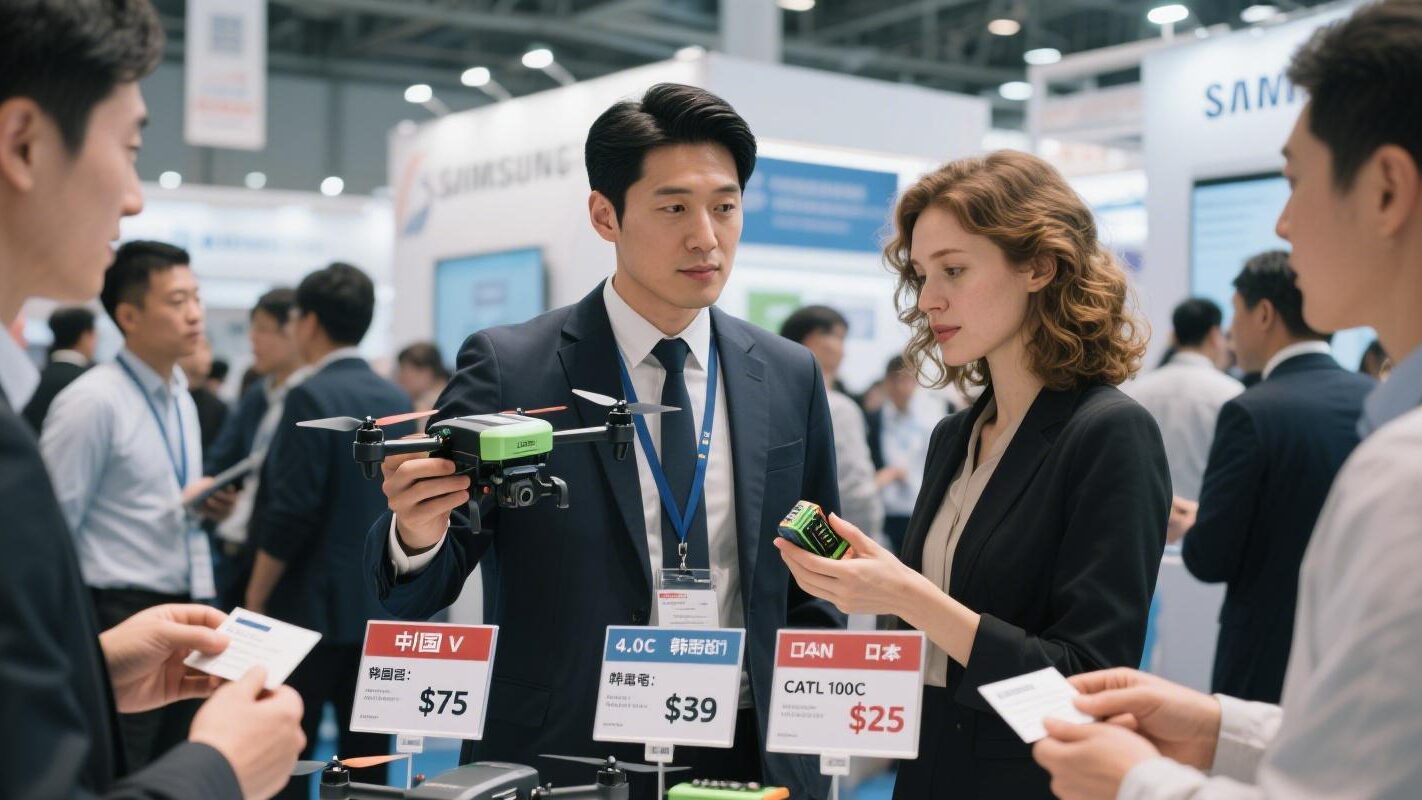
Conclusion: The sky belongs to batteries that withstand extreme working conditions
When the endurance of drones is improved by 253% due to graphene heat dissipation, and when eVTOL breaks through the 500Wh/kg threshold due to solid-state batteries – the technological ceiling of Li-ion batteries is being reshaped by China’s solution. However, the core contradiction of commercialization (cost vs. performance) still needs to be solved by cost reduction through vehicle-grade manufacturing system.
The ultimate rule: every performance breakthrough of aviation-grade batteries will eventually become a universal technology for ground-based electric carriers. What Ningde Times is fighting for is not only the low-altitude market, but also the right to define the next generation of power batteries.
Data confirms the trend: TrendForce predicts that the demand for solid-state batteries in the low-altitude field alone will reach 85.7GWh in 2030, and Chinese companies have accounted for more than 67% of global aviation battery patents.


